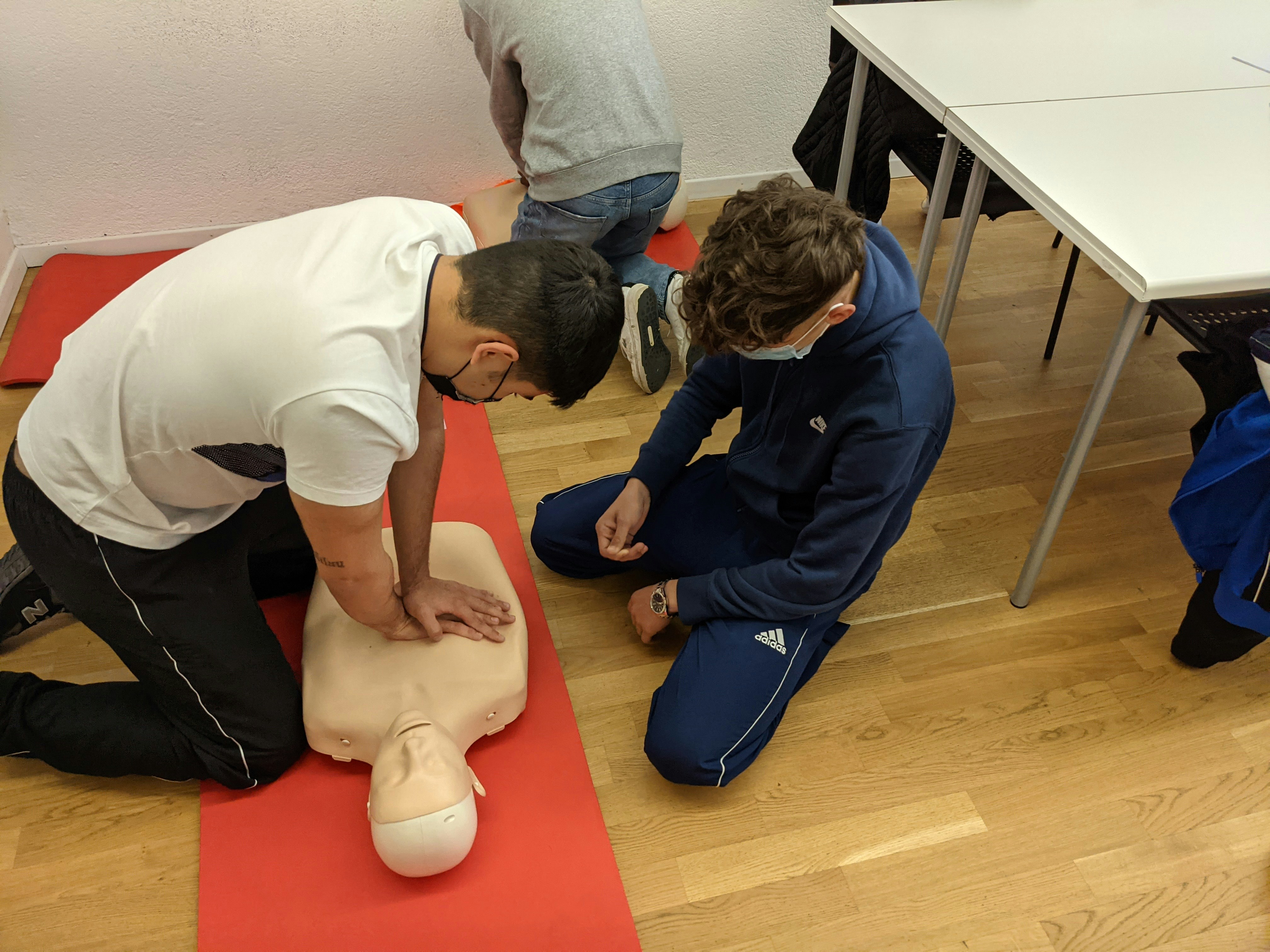Understanding the Importance of Infant CPR Techniques
CPR (Cardiopulmonary Resuscitation) is a critical skill that can save lives, especially when it comes to infants. Emergencies can happen at any moment, and knowing how to perform infant CPR can make the difference between life and death. For parents and caregivers, mastering these techniques is essential.
Why Infant CPR Is Different from Adult CPR
Infant CPR differs from adult CPR in several key ways due to the physiological differences. Infants are more delicate, and their bodies respond differently to CPR methods. Proper techniques focus on gentle but effective compressions and breaths that cater specifically to an infant’s needs.
Step-by-Step Guide to Performing Infant CPR
1. **Check for Responsiveness:**
– Gently tap the infant and shout to see if there is a response. If there is no response, it’s crucial to act immediately.
2. **Call for Emergency Help:**
– If you’re alone, perform CPR for two minutes before calling emergency services. If someone is with you, have them call for help while you begin CPR.
3. **Positioning the Infant:**
– Lay the infant on a flat surface and ensure their airway is open by gently tilting the head and lifting the chin.
4. **Chest Compressions:**
– Use two fingers to press down in the center of the chest, just below the nipple line. Compress the chest about 1.5 inches deep, at a rate of 100-120 compressions per minute.
5. **Rescue Breaths:**
– Cover the infant’s mouth and nose with your mouth, and give two gentle breaths, each lasting about one second. Watch for the chest to rise with each breath.
6. **Continue the Cycle:**
– Alternate between 30 chest compressions and 2 rescue breaths until help arrives or the infant shows signs of life.
When to Use Infant CPR
Infant CPR should be used in cases where the baby is not breathing or their heart has stopped beating. Common scenarios include drowning, choking, or sudden infant death syndrome (SIDS). It’s important to assess the situation and act swiftly.
Additional Resources and Training
While knowing the steps is crucial, taking a certified infant CPR training course will provide hands-on experience and confidence. HelpNow offers comprehensive [medical first aid training](/medical-first-aid-training) that covers infant CPR and other life-saving techniques.
For more detailed guidelines and recommendations, refer to the official [American Heart Association](https://cpr.heart.org/en/resources/cpr-facts-and-stats) and the [Centers for Disease Control and Prevention](https://www.cdc.gov) websites. These trusted resources provide up-to-date information and further insights into infant CPR.
Common Questions About Infant CPR
**1. How often should I refresh my CPR skills?**
It’s advisable to refresh your CPR skills every two years. This ensures you’re up-to-date with the latest techniques and guidelines.
**2. Can I perform infant CPR on a child over one year old?**
No, infant CPR techniques are specifically for babies under one year. For children over one year, use child CPR techniques, which involve different methods.
**3. Are there any risks associated with performing CPR on an infant?**
While there are some risks, performing CPR correctly is more likely to save a life than cause harm. It’s better to attempt CPR than to do nothing in an emergency.
The Psychological Impact of Knowing Infant CPR
Knowing how to perform infant CPR can provide peace of mind and reduce anxiety for parents and caregivers. In the unfortunate event of an emergency, being prepared can make a significant difference in the outcome and can lessen the psychological impact of the incident.
Join Our Community and Get Involved
At HelpNow, we are dedicated to educating and equipping individuals with the knowledge they need to respond to emergencies effectively. Join our community by participating in our training programs and [donate](/donate) to support our mission. You can also [contact us](/contact) for more information about our services and how you can get involved.
**Stay informed, stay prepared, and together we can make a difference.**
For more insights and tips on emergency preparedness, visit our [blog](/blog) and explore a wide range of topics designed to keep you and your loved ones safe.

